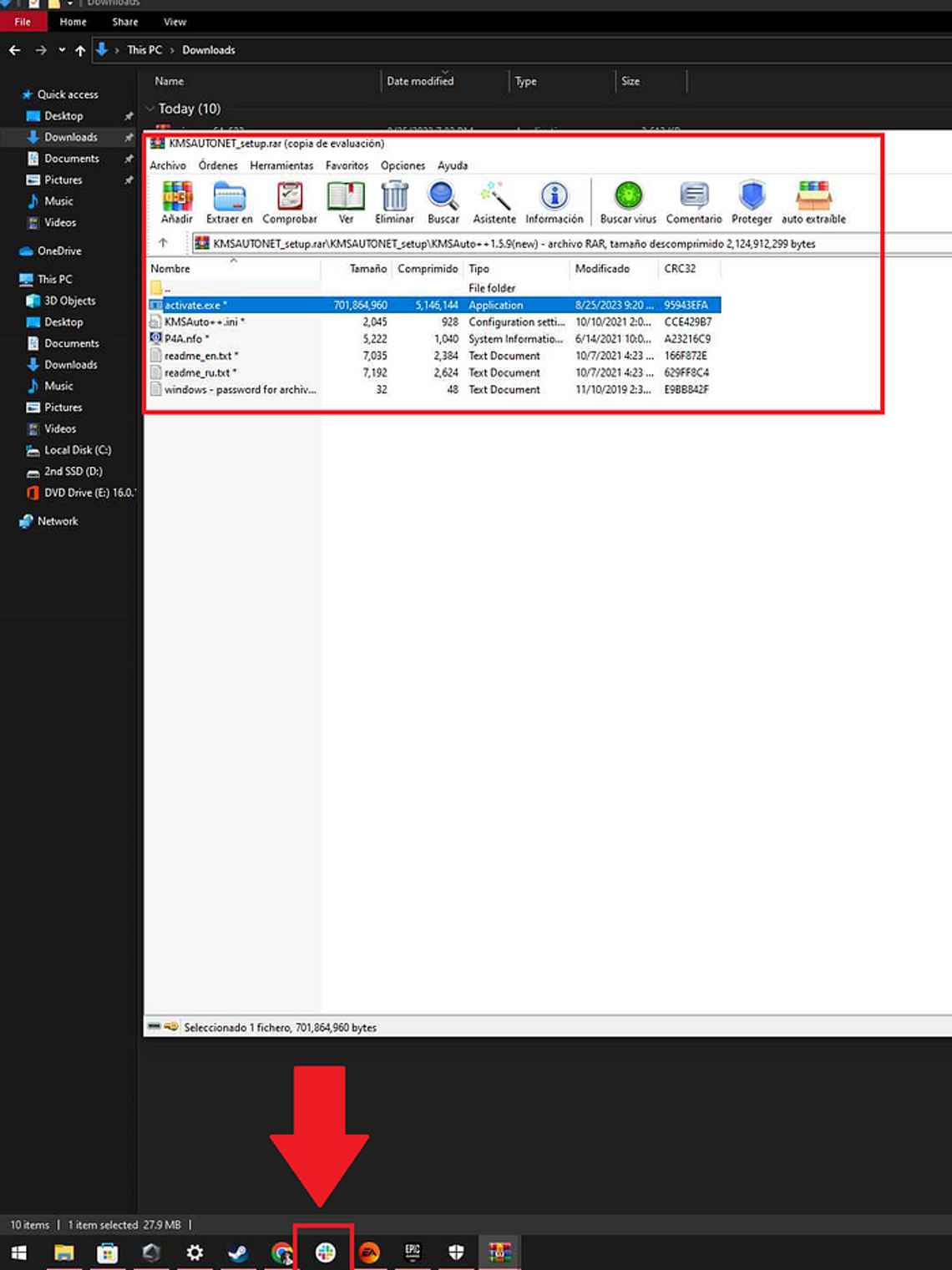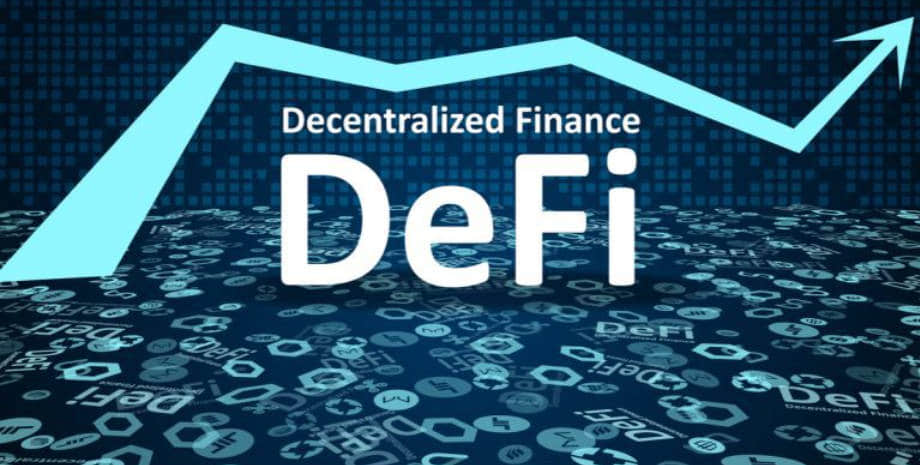Web3 Phishing Attack: How Scammers Made Off with Over $580,000 Worth of Crypto 😱💸
A comprehensive chronology of the widespread Jan. 23 Web3 phishing campaign that targeted WalletConnect, Token Terminal, and other platforms.Web3 protocol phishing campaign timeline
🔍 Analysis and Commentary
In a shocking turn of events, users of several leading Web3 protocols and companies fell victim to a mass phishing campaign orchestrated by cunning scammers. The attack, which employed deceptive emails sent from official email addresses, resulted in a staggering loss of over $580,000 worth of cryptocurrency. Let’s dive into the details and understand the sequence of events that unfolded during this audacious attack.
😨 A Timeline of the Attack
10:03 am UTC: WalletConnect Raises the Alarm 🚨 WalletConnect, a popular Web3 protocol, was the first to sound the alarm. They announced that their users were receiving malicious emails that claimed to offer an irresistible airdrop opportunity. However, the intelligent folks at WalletConnect were quick to point out that the email did not originate from them or any of their affiliates. They immediately joined forces with the blockchain security firm, Blockcaid, to investigate how the attacker managed to gain unauthorized access to their email domain.
10:11 am UTC: Blocking.net in the Line of Fire 🔥 Shortly after WalletConnect’s announcement, Blocking.net, another victim of this heinous attack, received an alert on Telegram about their official email address sending out scam emails. 📧 Panic ensued as the staff members at Blocking.net realized they had also fallen victim to the same malicious email. The crafty email claimed to be a “10th Anniversary Web3 Exclusive Airdrop” and cleverly included a link to a malicious protocol. However, the IT team at Blocking.net swiftly intervened by blocking the harm-inflicting links and thwarting any further damage.
- Crypto Scammers Pull Off a Sneaky Rug Pull, Fooling Even the Detectives!
- Solana Blockchain Sets New Record for Stablecoin Transfers
- Ethereum and BNB experience continuous growth while Borroe Finance excels in DeFi with an impressive presale in Stage 4.
📸 Insert Image: 
🤔 But How Did It All Happen?
Around 11:00 am UTC, Blocking.net caught wind of WalletConnect’s report and initiated their own investigation. They contacted Blockcaid to collect more information. Meanwhile, a cybersecurity sleuth named ZachXBT dropped a bombshell on Telegram, revealing that the phishing attack originated from not just Blocking.net and WalletConnect, but also affected Token Terminal and De.Fi. 😱 The plot thickened!
By 11:41 am UTC, Blocking.net had made their findings public and informed the community about the shocking hack they had experienced. The news sent shockwaves through the Web3 ecosystem, as users began wondering about the extent of the attack and how it had managed to target multiple platforms simultaneously.
🔓 A Glimpse into the Phisher’s Approach
At 1:34 pm UTC, cybersecurity service Hudson Rock unveiled a fascinating report claiming that they had discovered malware on a computer owned by an employee at MailerLite, the same email service provider used by all the affected websites. This development shed light on a potential vulnerability that the attacker exploited to gain access to MailerLite’s servers—possibly the secret behind this audacious phishing campaign.
📸 Insert Image: 
According to Hudson Rock, the infected computer had access to sensitive URLs within MailerLite and its third parties. Login credentials for admin.mailerlite.com/admin, the employee login page, were compromised. The computer also contained valid cookies for Slack.com and Office365, which could have been exploited to hijack sessions and gather private information. 🍪 Hudson Rock even claimed to possess an image of the user’s desktop at the moment of the attack, revealing that the infection occurred while attempting to execute infected software.
However, it’s important to note that this evidence does not conclusively prove that the malware infection was directly responsible for the phishing campaign. Nonetheless, it does offer a plausible explanation as to how the attack was orchestrated and highlights the potential dangers of a single infostealer infection within any organization.
By 4:55 pm UTC, Blockcaid released their own report, confirming that the attacker had leveraged a vulnerability in MailerLite to impersonate various Web3 companies. Their investigation, conducted in collaboration with Blocking.net, revealed the staggering extent of the attack, with over $600,000 drained from unsuspecting victims.
🔐 Awaiting MailerLite’s Response
In the aftermath of this audacious attack, Blocking.net reached out to MailerLite for their insights. While MailerLite confirmed that they are conducting their own investigation, they have yet to release their report at the time of publication. The crypto community eagerly awaits their findings to gain further clarity on this distressing incident.
🧐 Frequently Asked Questions
Q: What is a phishing attack? A: Phishing attacks involve scammers impersonating legitimate entities to trick individuals into revealing sensitive information such as passwords, credit card details, or private keys.
Q: How can I protect myself from phishing attacks? A: Stay vigilant and verify the authenticity of any communication you receive. Never click on suspicious links or provide personal information unless you are absolutely sure of the source’s credibility.
Q: What should I do if I believe I have fallen victim to a phishing attack? A: Contact the affected platform immediately and inform them of the incident. Change your account credentials and monitor your transactions for any unauthorized activity. Report the incident to the relevant authorities or consumer protection agencies in your jurisdiction.
Q: Are there any additional security measures that Web3 companies can adopt to prevent such phishing attacks? A: Web3 companies should prioritize implementing multi-factor authentication, conducting regular security audits, and educating their users about potential phishing risks. Collaboration with cybersecurity firms for continuous monitoring and threat detection can also be beneficial.
🔮 Future Outlook and Investment Strategies
Although this phishing attack has dealt a significant blow to the Web3 ecosystem, it serves as a stark reminder that robust security measures are crucial to safeguarding digital assets. As the adoption of blockchain technology continues to accelerate, the importance of enhanced security protocols cannot be overstated. Investors and users alike must exercise caution and choose platforms that prioritize security and transparency.
In light of recent events, it is evident that cybersecurity will become an increasingly critical aspect of the blockchain industry. As a wise investor, consider dedicating a portion of your portfolio to cybersecurity-focused projects. These initiatives aim to fortify the ecosystem against malicious actors and provide innovative solutions to mitigate future threats.
💼 Recommended Reading:
Here are some valuable resources to further deepen your understanding of blockchain security and the growing importance of cybersecurity in the digital asset landscape:
- The Importance of Cybersecurity in the Blockchain Industry
- How to Identify Phishing Attempts: A Comprehensive Guide
- Exploring Web3 Protocols: Unlocking the Future of Decentralization
- Enhancing Blockchain Security: Best Practices for Web3 Companies
- Investing in Cybersecurity: Strategies for Long-Term Growth
💬 Join the Conversation and Share Your Thoughts!
Cryptocurrency scams and phishing attacks are unfortunate realities we need to confront. Have you ever encountered a phishing attempt? What security measures do you believe are essential for the ongoing development of the Web3 ecosystem? Share your experiences and insights in the comments below. And don’t forget to spread the word by sharing this article on your favorite social media platforms!
Disclaimer: The information provided in this article does not constitute financial advice. Investing in blockchain assets carries risks, and readers are advised to conduct their own research and consider their financial circumstances before making any investment decisions.
We will continue to update Blocking; if you have any questions or suggestions, please contact us!
Was this article helpful?
93 out of 132 found this helpful
Related articles
- Moonwell’s Plan Sparks Controversy as Users Debate the Use of Nomad Collateral to Address Frax Bad Debt
- How a Crypto Trader Made $6.77 Million in Three Hours with a Banana Gun
- Zero-Knowledge Proof Powered Layer-2 Blockchain Manta Network Faces DDoS Attack
- 🚀 dYdX’s Cosmos-based Market Takes the Lead in Trading Volume 📈
- MetaMask Testing Transaction Routing Feature: A Game-Changer in Ethereum
- United States Lawmakers Introduce Bills to Exclude CBDCs from the Definition of Money
- 🌐 Chinese CEO of Multichain, Zhaojun He, Resurfaces on Telegram After Unexplained Detention





